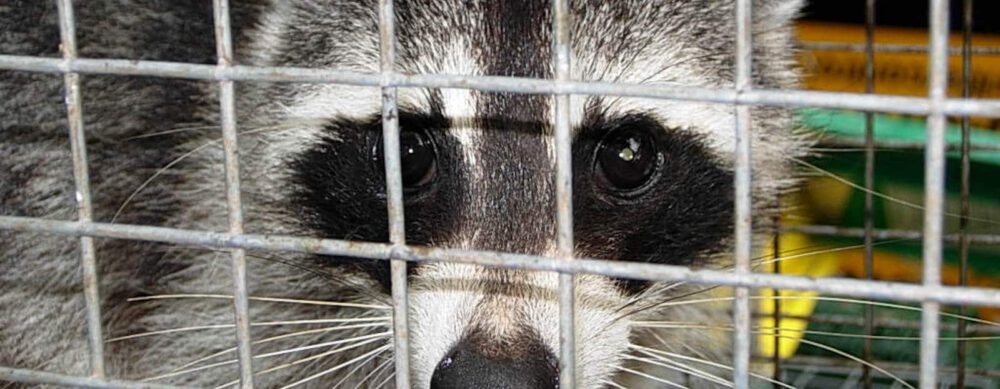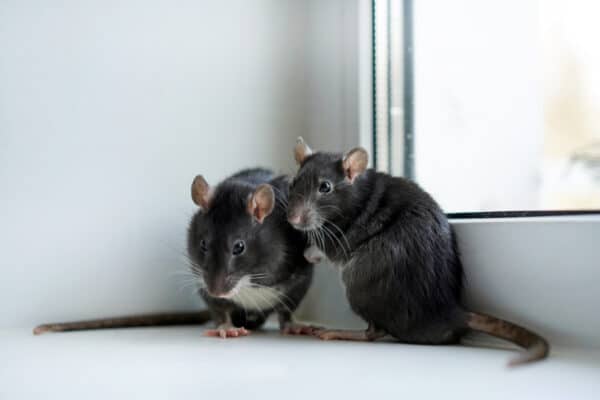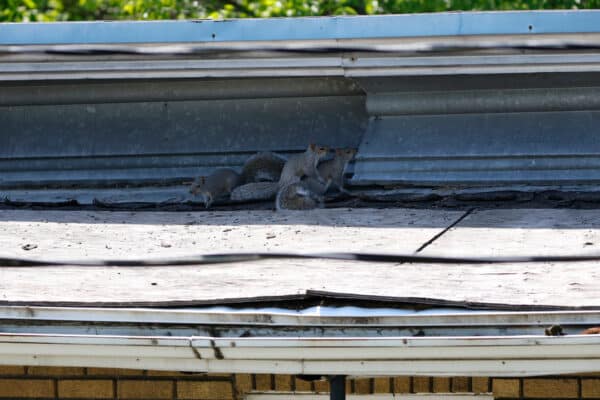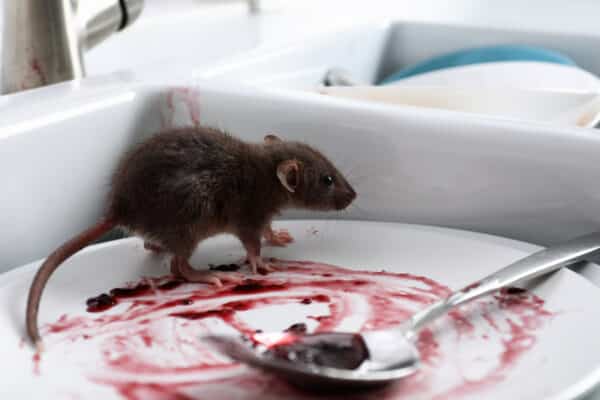
During the chilly winter months, animals all over the local area search for warmth, food, water, and shelter. Unfortunately, our homes and businesses are ideal solutions for critters looking for a safe place to stay. Instead of using DIY methods or spending tons of money on ineffective chemicals and traps, you should get familiar with wildlife exclusion. This pest control method is one of the most humane and effective ways to keep wildlife out.
In this blog, Covenant Wildlife Removal discusses the benefits of wildlife exclusion and why homeowners should choose it over any other alternative.
Continue reading to discover more about wildlife exclusion.
About Wildlife Exclusion
The general concept of wildlife exclusion is pretty simple. It includes several methods and techniques to prevent wildlife from being attracted to a property and entering a home or building. The specifics of wildlife exclusion vary depending on the animals and property involved.
Sometimes, the homeowner can implement wildlife exclusion techniques on their own. However, a professional company is necessary for the most effective solutions. Each critter is unique, and so is every home or building. Therefore, an experienced team is best equipped with the knowledge and tools to determine an effective plan to keep unwanted wildlife out.
Wildlife exclusion may first involve removing pests from the property. Methods like trapping, baiting, netting, and relocation are often used to get rid of any animals present. Then, the professionals can move on to sealing entry points and other prevention efforts.
The wildlife exclusion experts will address several areas of the building and yard to keep the critters out. Some points of concern include the following:
- The roof
- Vent openings
- Utility and pipe openings
- Cracks or holes in the building’s foundation
- Piles of debris in the yard that may act as shelter for animals
- Open water sources that attract wildlife

Is Wildlife Exclusion Humane?
Wildlife exclusion is a method of pest control most consider to be more humane than others. For example, using poisonous chemicals may get the job done quickly. However, they will often cause wildlife to become sick and die. Not to mention, there’s always a chance critters will continue to visit your property and invade your home.
On the other hand, wildlife exclusion involves making repairs to a home and sealing openings to prevent the animals from getting inside in the first place. It may also include removing attractive things from the yard, like open water sources and areas of shelter. Wildlife exclusion is one of the industry’s most humane methods of pest control. Even better, it is the technique that has the longest-lasting results. Once your home is sealed off and your property is less attractive to critters, you shouldn’t need to worry about pests for a while.
People often confuse wildlife exclusion with relocation. However, the two pest control methods are very different. Relocation involves removing a pest from a building or property and transporting it to a more suitable environment. While this technique is more humane than using chemicals, it also has some drawbacks:
- The critter may be exposed to unfamiliar predators.
- Finding plenty of food and water in the new environment may be challenging for the animal.
- The pest could be seen as a threat to other animals in the area and could be chased or attacked.
- The critter may find its way back to the property it was removed from or invade a new building.
If there are pests present in or around a building or home, relocation is often a necessary step before or after wildlife exclusion. However, relocation is even more ineffective without taking the time and effort to seal entry points and remove attractants from the property.
The most humane long-term solution in pest control is wildlife exclusion. Preventing pests from invading the home in the first place eliminates the need for poisons, trapping, baiting, or relocation.

The Two Phases of Wildlife Exclusion
There are two parts to wildlife exclusion. Depending on the company, either step may occur before or after the other.
Seal the Home’s Entryways, Foundation, and Structure.
The key to wildlife exclusion is to make it impossible for pests to enter the home. The professional will inspect the home for cracks and damages acting as entryways for wildlife. Once identified, these areas are repaired and sealed to prevent animals from sneaking their way indoors.
The expert will seal vent, pipe, and utility openings with the proper tools and equipment. For example, chimneys can be problematic by offering a safe and easy opening for bats, squirrels, and other critters to enter a home. Luckily, structures can be installed on such openings to keep the animals out without causing them harm.
Wildlife Removal and Clean Up
The other phase of wildlife exclusion involves removing animals from the property, often using relocation. Then, the professional team will work on cleaning up after the critter. This may include eliminating droppings and urine and sanitizing the area.
Many critters carry dangerous diseases that can be transmitted to humans through waste or physical contact. This is why this job is best left to the professionals with the proper gear and tools to safely remove any threats from the property.
What are the Benefits of Wildlife Exclusion?
When you break it down, the benefits of wildlife exclusion are practically endless. But in general, there are two major benefits of wildlife exclusion that make it a no-brainer for homeowners to adopt this more humane and effective pest control. From these two primary benefits are many more perks and pros.
To keep things simple, check out the two general benefits of wildlife exclusion below:
1 | It’s the Best Long-Term Solution for Preventing Pests
Traps, poisons, baits, and other methods of pest control are not only inhumane. They’re also far less effective than wildlife exclusion. While these techniques may work in the short term, they are ineffective in the long run. Using chemicals to remove pests from a property only works on the specific animal you are currently dealing with. It doesn’t prevent critters from returning, meaning you’ll have to continually waste time and money on future infestations.
2 |Exclusion is Better for the Environment
When animals are killed or removed from an area, our actions may impact entire ecosystems. The natural world is a fragile interconnected web. When one element is disturbed, it almost always affects many more around it—like a chain reaction. Setting up your home and property to prevent critters from relying on it is the best way to keep them in their natural habitats and keep our world balanced and healthy.
Choose Wildlife Exclusion for Better Results and a Healthier World
Covenant Wildlife Removal is proud to be a humane pest control, removal, and prevention company. We know the importance of wildlife in our community and value the contributions of all animals. Even though critters can be pesky and cause stress when they invade our space, we also know they are simply trying to survive.
We use only the most humane methods and emphasize prevention using methods like wildlife exclusion to deter animals from local homes, buildings, and properties where they are unwelcome or may cause problems.
Reach out to Covenant Wildlife Removal today for any of your critter control needs.




